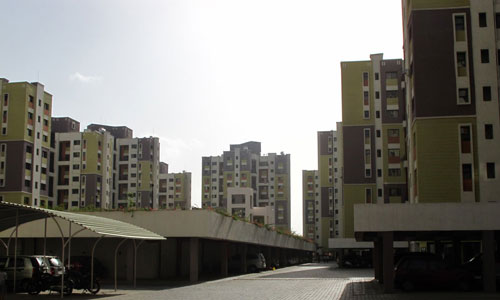
Demand-supply gap to uplift residential realty market
The anticipated demand is likely to exert an upward pressure on property prices especially in markets like NCR, Mumbai and Bangalore where the demand-supply gap is high.

The anticipated demand is likely to exert an upward pressure on property prices especially in markets like NCR, Mumbai and Bangalore where the demand-supply gap is high.

One of the biggest problems afflicting the sector is its high level of debt. The debt load of 11 listed real estate companies stands at Rs.38,500 crore.

It may be momentary down because of rising interest rate, macro economic hue, affordability issues borne out of demand-supply mismatch and overall market sentiments, but forecast for the residential real estate is definitely robust.

For how long can Indian real estate remain in a state of denial? It is time to get realistic with the ground realities that suggest pre-2007 days are over.

Market forces of demand and supply are the most potent determinants of price and the developments in the real estate industry during year 2011 is the latest example.

What is in store for the real estate sector in 2012 remains the biggest question. Knight Frank believes in terms of the residential segment, the deadlock between the buyers and developers should break in favour of buyers.

Though a depreciating rupee has its fall out on all other economic activity, it is rather helping the Indian property market.

Peninsula Land and Canada based Brookfield Asset Management have formed a 50:50 JV to launch a real estate fund for investments in India.

TATA Housing has announced its plans to expand its presence in the tier-II cities of India, by signing its first PPP venture in the ‘Temple City of India’ – Bhubaneswar, in association with Bhubaneswar Development Authority (BDA).

Asia Pacific office markets may be resilient but definitely not immune to the euro crisis, says the latest report of DTZ.
